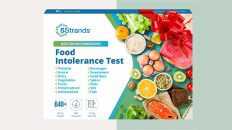We just survived the COVID-19 pandemic and now we know the importance of each breath that we are able to take on our own. It wasn’t uncommon to witness those affected by the deadly virus using Pulse Oximeters to monitor their oxygen saturation every now and then. Even the ones who didn’t catch the virus, kept one of these around to be safe. That having said, it’s important to know what exactly pulse oximeters are and why it’s important to keep one.
What Are Pulse Oximeters?
Pulse Oximeters are used to measure your blood oxygen levels, and detect abnormalities in your blood oxygen.
These portable medical devices are used to monitor a person’s blood oxygen saturation.
In simple terms, Pulse Oximetry is a noninvasive and painless method of measuring oxygen levels or saturation in our blood stream.
Why Should You Keep One?
Since oxygen saturation is a crucial component of human functioning, it is also an indicator of how well our lungs are working, hence a Pulse Oximeter should be present at everyone’s homes. Here are some of the summarized reasons why you should be keeping one at your home.
- To monitor the oxygen saturation especially with those having respiratory or cardiovascular problems.
- Alerting to dangerously low oxygen levels, and assessing the need for supplemental oxygen accordingly.
However, there are different types of Pulse Oximeters that you need to be aware about and that is what we’ll discuss today.
6 Types of Different Pulse Oximeters
There are 6 different types of Pulse Oximeters and we are going to explain each one to your, about its functionality and usage intent.
While all Pulse Oximeters serve the common purpose of monitoring and determining oxygen saturation in our blood, different types are available for different target audience.
Disclosure: This post contains affiliate links. When you purchase a service or a product through the links, I sometime earn a commission, at no additional cost to you. Read my full disclosure here.
Following are the types of Pulse Oximeters:
1. Fingertip Pulse Oximeter
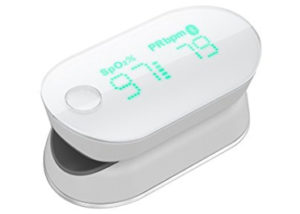
Quick view on Amazon
Available in: Australia, Canada, UK and US
Quick Overview
Fingertip Pulse Oximeters are the most common form of Pulse Oximeters usually used at one’s home and even clinics. At glance, the Fingertip Pulse Oximeters look like small cubes that are attached to the finger of a person and the result is shown to on the display of the Fingertip Pulse Oximeter. They are very convenient to use and offer reliable readings and are the most commonly used Pulse Oximeters by individuals and medical practitioners. They offer flexibility to the patient not causing any distress on seeing huge medical equipments.
2. Handheld Pulse Oximeter
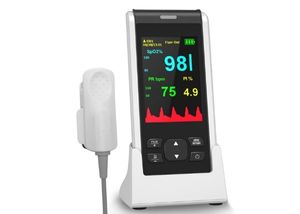
Quick view on Amazon
Available in: Australia, Canada, UK and US
Quick Overview
Handheld Pulse Oximeters, as the name suggests, are Pulse Oximeters that require one to assist the operation of the device through keeping the hand’s locked in one place. Fingertips aren’t used here, as the Oximeter’s target area is the hand. These types of Pulse Oximeters are usually used when advanced level monitor of blood saturation is required or even when people prefer handheld versions of Pulse Oximeters as compared to fingertip Pulse Oximeters.
3. Benchtop Pulse Oximeter
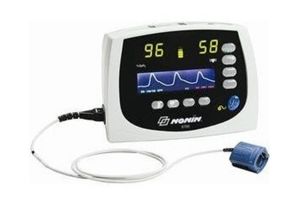
Quick view on Amazon
Available in: Australia, Canada, UK and US
Quick Overview
Benchtop Pulse Oximeters are relatively large Pulse oximeters with advanced level oxygen saturation indication and monitoring, displaying ranges and other aspects of oxygen saturation that might be required by the medical practitioners. Such Oximeters are usually available at the hospitals, where the connectors are attached to the person’s body to determine blood oxygen levels.
4. Multi Modal Pulse Oximeter
Quick Overview
As the name implies, multi modal Pulse Oximeters are used in connection to an external device or display attached with the Pulse Oximeter, showing enhanced and enlarged results. Doctors or medical practitioners having access to state of the art medical equipment have such advanced multi modal Pulse Oximeters where a complete and comprehensive data is displayed on the external display or attached screen to determine complex patterns of blood saturation and for continuous monitoring.
5. Wearable Pulse Oximeters
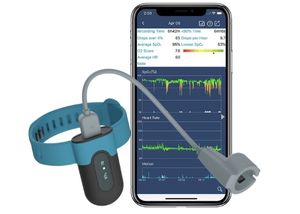
Quick view on Amazon
Available in: Australia, Canada, UK and US
Quick Overview
Wearable Pulse Oximeters come in the form of health-based smartwatches like the ones offered by Garmin and Fitbit. Due to the advanced features of the wearable devices, Pulse Oximetry is an added feature especially for athletes and those who actively track their fitness and health along with keeping tabs on their blood oxygen levels.
6. Phone-based Pulse Oximeter
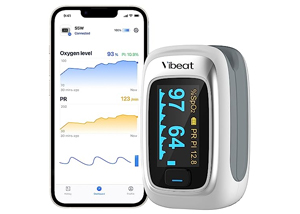
Quick view on Amazon
Available in: Australia, Canada, UK and US
Quick Overview
Some advanced and more premium Flagship smartphones like Samsung’s ‘S’ series of Flagship also include Pulse Oximeter sensors to track blood oxygen levels for added convenience and for those who want to take full features out of their smartphones. While this type of Pulse Oximeter is not advised, there are still many devices in the market that offer blood oxygen monitoring and acts as a phone-based Pulse Oximeter.

